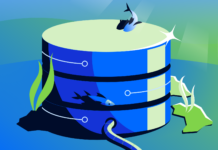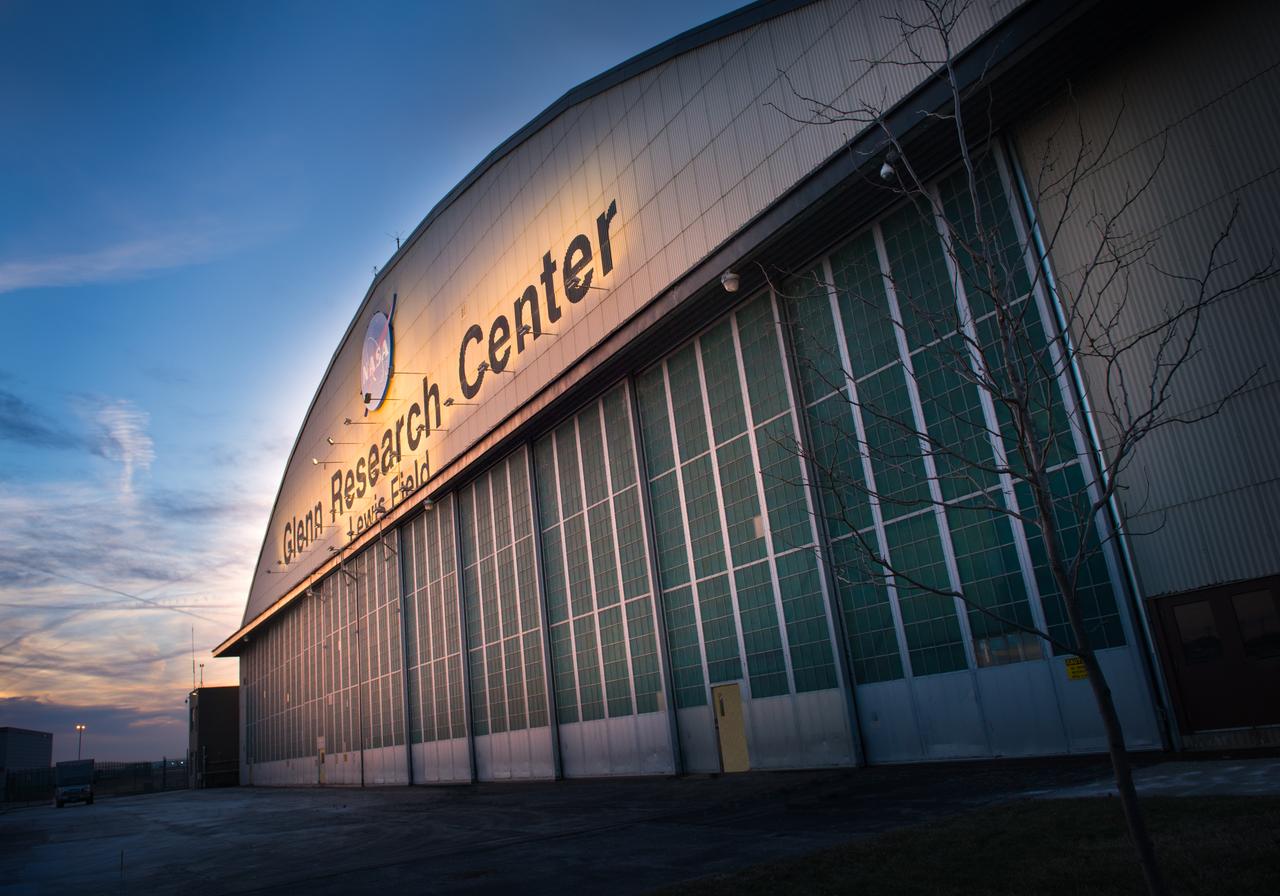NASA’s Watts on the Moon Challenge: Pioneering the Future of Lunar Exploration
NASA’s Watts on the Moon Challenge, an initiative aimed at propelling the United States’ lunar exploration ambitions under the Artemis campaign, is set to culminate on Friday, September 20, at the Great Lakes Science Center in Cleveland. This challenge has driven American innovators to develop groundbreaking power transmission and energy storage technologies essential for sustaining long-term missions on the Moon.
“For astronauts to maintain a sustained presence on the Moon during Artemis missions, they will need continuous, reliable power,” stated Kim Krome-Sieja, the acting program manager for Centennial Challenges at NASA’s Marshall Space Flight Center in Huntsville, Alabama. “NASA has made significant strides in power generation technologies, and now we are focused on enhancing these technologies to ensure long-distance power transmission and energy storage solutions that can endure the Moon’s extreme cold environment.”
The Watts on the Moon Challenge has led to the creation of the first power transmission and energy storage prototypes tested by NASA in conditions mimicking the Moon’s severe cold and low atmospheric pressure. These initial steps are crucial for preparing the technologies for future deployment on the lunar surface. The successful technologies from this challenge are expected to inspire innovations in other fields, such as enhancing battery resilience in cold temperatures and improving grid reliability in remote Earth locations subjected to harsh weather.
The grand finale technology showcase and awards ceremony for this $5 million, two-phase competition is open to media and the public. U.S. and international media interested in covering the event must confirm their attendance with Lane Figueroa by 3 p.m. CDT on Tuesday, September 17. Details on NASA’s media accreditation policy are available online, and members of the public can register as attendees by completing an online form by Friday, September 17.
During the final round of the competition, the finalist teams refined their hardware and delivered complete system prototypes for testing under simulated lunar conditions at NASA’s Glenn Research Center in Cleveland. The test scenario simulated a difficult power system situation with six hours of solar daylight followed by 18 hours of darkness, with the user located three kilometers from the power source.
“Watts on the Moon was a fantastic competition to judge due to its unique mission scenario,” remarked Amy Kaminski, program executive for Prizes, Challenges, and Crowdsourcing at NASA’s Space Technology Mission Directorate in Washington. “Each team’s hardware faced rigorous testing criteria and needed to perform well within a simulated lunar environment in our state-of-the-art thermal vacuum chambers at NASA Glenn.”
The finalists were evaluated based on their Total Effective System Mass (TESM), which determines the system’s efficiency relative to its mass. At the awards ceremony, NASA will award $1 million to the team that achieves the lowest TESM score, indicating the most efficient output-to-mass ratio during testing. The team with the second lowest mass will receive $500,000. The awards ceremony will stream live on NASA Glenn’s YouTube channel and NASA Prize’s Facebook page.
The Watts on the Moon Challenge is a NASA Centennial Challenge led by NASA Glenn. NASA Marshall manages Centennial Challenges, which are part of the agency’s Prizes, Challenges, and Crowdsourcing program in the Space Technology Mission Directorate. NASA has partnered with HeroX to support the administration of this challenge.
Understanding the Technical Jargon
For those less familiar with the technical terms, let’s break down some of the key jargon used in this context:
**Power Transmission and Energy Storage Technologies:** These refer to systems and methods used to transfer electrical power from one location to another and store energy for later use. On the Moon, these technologies must be exceptionally robust to operate in the extreme cold and low atmospheric pressure.
**Total Effective System Mass (TESM):** This metric assesses how efficiently a system operates relative to its mass. In simpler terms, it measures the effectiveness of the system’s output compared to its weight. A lower TESM score indicates a more efficient system, which is crucial for space missions where every kilogram counts.
**Thermal Vacuum Chambers:** These are specialized testing environments that simulate the conditions of space, including the vacuum (absence of atmosphere) and extreme temperatures. These chambers help ensure that the technologies will function correctly on the Moon.
Implications and Future Prospects
The innovations driven by the Watts on the Moon Challenge have far-reaching implications beyond lunar missions. For instance, the advancements in battery technology to withstand cold temperatures can be applied to improve the performance and reliability of batteries in cold climates on Earth. Similarly, the techniques developed for efficient power transmission over long distances can enhance the resilience of electrical grids in remote areas, ensuring a more stable power supply during extreme weather events.
The success of this challenge also underscores the importance of public-private partnerships in advancing space technology. By engaging the ingenuity of American innovators, NASA is not only accelerating its lunar exploration goals but also fostering a culture of innovation that benefits various industries on Earth.
Getting Involved and Staying Informed
For those interested in witnessing the culmination of this exciting challenge, the grand finale will be an event to remember. The technology showcase will provide a glimpse into the future of lunar exploration and the innovative solutions developed by the competing teams. It’s a unique opportunity to learn about the cutting-edge technologies that will play a crucial role in humanity’s return to the Moon.
To stay updated on the latest developments from NASA and the Watts on the Moon Challenge, you can follow the live stream of the awards ceremony on NASA Glenn’s YouTube channel and NASA Prize’s Facebook page. Additionally, more information about the challenge and other NASA initiatives can be found on the official NASA website.
Contact Information
For any inquiries or additional information, you can reach out to the following contacts:
Jasmine Hopkins
Headquarters, Washington
321-432-4624
[jasmine.s.hopkins@nasa.gov](mailto:jasmine.s.hopkins@nasa.gov)
Lane Figueroa
Marshall Space Flight Center, Huntsville, Ala.
256-932-1940
[lane.e.figueroa@nasa.gov](mailto:lane.e.figueroa@nasa.gov)
Brian Newbacher
Glenn Research Center, Cleveland
216-460-9726
[brian.t.newbacher@nasa.gov](mailto:brian.t.newbacher@nasa.gov)
For more detailed information, you can visit the official [Watts on the Moon Challenge page](https://www.nasa.gov/wattson).
This challenge not only marks a significant milestone in our journey back to the Moon but also showcases the collaborative spirit and innovative prowess that will drive future space exploration. Don’t miss the opportunity to witness the future of lunar technology and join in the excitement of this groundbreaking event.
For more Information, Refer to this article.


































